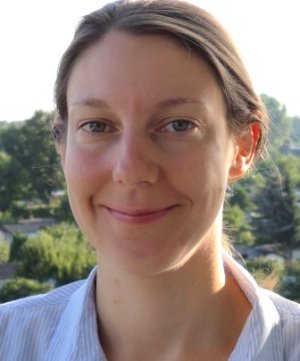Learning Objectives and Lecture Structure
Authors of the Module
Jasmin Kalcher is a scientist at DBFZ since 2017. After studying "Renewable Resources" at the Technical University of Munich, she worked as a research assistant at the University of Natural Resources and Applied Life Sciences in Vienna in an EU project on the identification of waste wood potentials. At DBFZ she focuses on the determination of biomass potentials on a national and international level. Her focus is on GIS-based analysis of the spatial distribution of biogenic resources.
Alexandra Pfeiffer is a scientist at the DBFZ since 2018. After graduating from Aston University, England, with a Master's in Industrial Enterprise Management, she worked there as a scientist in the Engineering Systems & Management department with a focus on Supply Chain Management. At DBFZ she is involved in the determination of biomass potentials and supervises national and international projects.
Target Group and Learning Objectives of the Lecture
This lecture is intended for students of space-related study courses. No previous knowledge on the subject of bioenergy/biomass is required. The primary aim of this lecture is to provide background knowledge for working with the exercises and with open data dealing with the following core questions:
- What quantities of biogenic resources can we use sustainably?
- Where are the resources located?
- What contribution can biomass make towards the transformation of energy systems (or towards the bioeconomy in general)?
After completing this lecture script in self-study, you will have acquired (basic) knowledge on the following topics:
- Relevance of biomass in the energy system
- Types of biomass
- Overview of conversion technologies
- Potential types and calculation
- Reasons for using GIS in this context
Structure of the Lecture
The lecture consists of 5 chapters including examples that give you the above learning objectives. Words in italic are described in the glossary.


